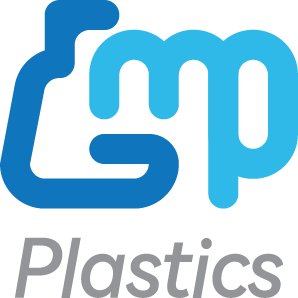Selecting the right laboratory glassware is essential for conducting accurate and efficient experiments. Among the most commonly used pieces of lab equipment are Erlenmeyer flasks and beakers. Each has a unique design and serves distinct purposes. Understanding their differences helps ensure that experiments are carried out with the appropriate tools for optimal results.
Design and Structure
Erlenmeyer Flask
Erlenmeyer flasks have a conical body with a flat bottom and a narrow neck. This shape makes them ideal for mixing by swirling, as it reduces the risk of spills. The narrow opening also allows for the use of stoppers, which help contain liquids and minimize evaporation during experiments.
Beaker
Beakers have a simple cylindrical design with a wide opening and a flat bottom. Many include a spout for easy pouring. The broad mouth makes them convenient for adding or removing substances, making beakers a versatile choice for general laboratory work.
Functional Applications
Erlenmeyer Flask
The tapered design of the Erlenmeyer flask makes it particularly useful for mixing and swirling liquids without spilling. It is commonly used in titrations, culturing bacteria, and heating substances while minimizing evaporation. The ability to use a stopper makes it ideal for storing solutions and conducting reactions that need containment.
Beaker
Beakers are widely used for mixing, stirring, and heating liquids. Their wide opening allows for easy access, making them suitable for preparing solutions, holding waste materials, and conducting reactions that do not require sealing. The spout helps with controlled pouring, reducing the chance of spills.
Measurement Accuracy
Both Erlenmeyer flasks and beakers typically have graduated markings, but these are meant for approximate measurements rather than precise volume determination. When accuracy is crucial, specialized volumetric glassware should be used instead.
Material Considerations
Most Erlenmeyer flasks and beakers are made from borosilicate glass, which offers excellent thermal and chemical resistance. Plastic versions are also available, providing durability and break resistance, though they may not withstand high temperatures as effectively as glass.
Advantages and Disadvantages
Erlenmeyer Flask
Advantages:
-
Ideal for mixing without spilling.
-
Suitable for experiments requiring containment.
-
Reduces evaporation during heating.
Disadvantages:
-
Less accurate for measuring liquid volumes.
-
The narrow neck can make cleaning difficult.
Beaker
Advantages:
-
Versatile for multiple laboratory applications.
-
Easy to use due to its wide opening.
-
Convenient pouring with a spout.
Disadvantages:
-
More prone to spillage when mixing.
-
Greater evaporation due to the open design.





